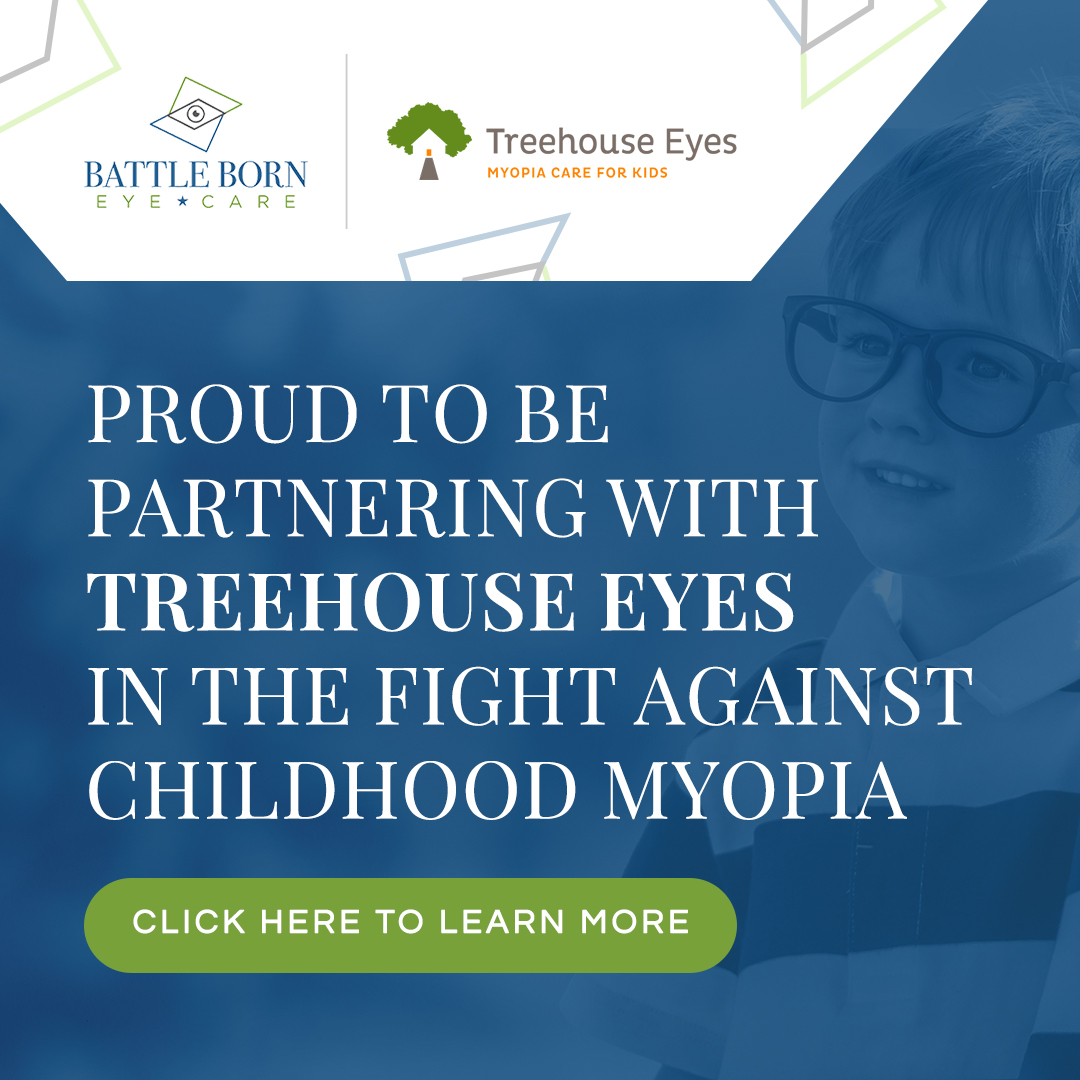
Myopia typically develops during childhood, often beginning as early as 6-8 years of age. As the child grows, the eyeball elongates, causing the light to focus in front of the retina instead of directly on it. This results in blurred distance vision, which can significantly impact a child's academic performance, outdoor activities, and overall quality of life. Understanding the causes, signs, and symptoms of myopia in children is crucial for early detection and effective management. By being aware of these key factors, parents and caregivers can take proactive steps to safeguard their child's eye health and ensure optimal visual development.
Causes of Myopia in Children
The development of myopia in children is influenced by a combination of genetic and environmental factors. Some of the primary causes include:
- Heredity: Children with one or both parents who are myopic have a higher risk of developing the condition themselves. Genetic factors play a significant role in the progression of myopia.
- Excessive near-work activities: Prolonged exposure to activities that require close-up focus, such as reading, writing, using digital devices, and playing video games, can contribute to the development and progression of myopia.
- Lack of outdoor time: Studies have shown that children who spend less time outdoors and engage in more indoor activities are more likely to develop myopia. Exposure to natural light and distance viewing may help regulate eye growth and development.
Understanding these causal factors can help parents and caregivers implement preventive measures and seek timely intervention to address myopia in their children.
How to Detect Myopia in Children
Recognizing the early signs and symptoms of myopia in children is crucial for timely detection and management. As a parent or caregiver, be on the lookout for the following:
- Squinting or Struggling to See at a Distance: Children with myopia may squint or tilt their heads when trying to see distant objects, such as the blackboard or road signs. They may have difficulty recognizing faces or reading information from a distance.
- Frequent Headaches or Eye Strain: Myopic children may experience frequent headaches, especially after prolonged periods of close-up work or reading. They may also complain of eye strain, fatigue, or discomfort after engaging in activities that require close-up focus.
- Sitting Too Close to the TV or Computer Screen: Children with myopia may sit unusually close to the television, computer, or other digital devices in an attempt to see the content more clearly.
- Covering or Closing One Eye: Some myopic children may cover or close one eye when trying to focus on distant objects, as this helps reduce the blur and improve their vision.
- Difficulty with Outdoor Activities: Myopic children may struggle with activities that require distance vision, such as playing sports, catching balls, or recognizing distant objects.
If you notice any of these signs or symptoms in your child, it's essential to schedule a comprehensive eye examination with an optometrist. Early detection and intervention are crucial for managing myopia and preventing further progression.
The Importance of Regular Pediatric Eye Exams for Early Detection
Regular pediatric eye exams are a crucial component of ensuring the overall eye health and visual development of your child. These comprehensive examinations can help detect myopia and other vision problems at an early stage, allowing for timely intervention and effective management.
The American Optometric Association recommends that children have their first comprehensive eye exam at 6 months of age, followed by additional exams at 3 years old, 5 years old, and then annually thereafter. These routine checkups not only assess your child's vision but also evaluate the overall health and function of their eyes. During a pediatric eye exam, the eye doctor will evaluate various aspects of your child's vision, including:
- Refractive errors: This includes the assessment of nearsightedness (myopia), farsightedness (hyperopia), and astigmatism.
- Eye alignment and coordination: The exam will check for any issues with eye teaming, such as lazy eye (amblyopia) or crossed eyes (strabismus).
- Eye health: The doctor will examine the internal and external structures of the eye to identify any underlying conditions or abnormalities.
By scheduling regular eye exams, you can ensure that any vision problems, including myopia, are detected and addressed early on. This not only helps optimize your child's visual development but also supports their overall academic, social, and physical well-being.
The Role of Myopia Management in Children
Myopia management is a comprehensive approach to addressing the progression of nearsightedness in children. Once myopia is detected, it's crucial to work closely with your child's eye care professional to develop a customized management plan. The primary goals of myopia management include:
- Slowing the progression of myopia: Various evidence-based interventions, such as specialized contact lenses, orthokeratology, and pharmaceutical treatments, can help slow the elongation of the eyeball and the worsening of myopia.
- Preventing or delaying the onset of high myopia: High myopia, defined as a prescription of -6.00 diopters or more, is associated with an increased risk of sight-threatening complications later in life. Effective myopia management can help prevent or delay the onset of high myopia.
- Preserving and enhancing visual function: By managing myopia, children can maintain better distance vision, which supports their academic performance, participation in sports and outdoor activities, and overall quality of life.
By working closely with your child's eye care team and implementing a comprehensive myopia management plan, you can help ensure your child's visual health and development.
Taking Proactive Steps for the Eye Health of Your Child
Myopia in children is a growing concern, but with early detection and effective management, you can help safeguard your child's visual development and overall well-being. By understanding the causes, signs, and symptoms of myopia, and prioritizing regular pediatric eye exams, you can take proactive steps to address this condition.
Schedule a comprehensive eye exam for your child today. Catching myopia early can make all the difference in preserving their vision and setting them up for a lifetime of success. Contact Battle Born Eye Care and take the first step towards protecting your child's eye health. Visit our office in Reno, Nevada, or call (775) 360-6446 to book an appointment.











